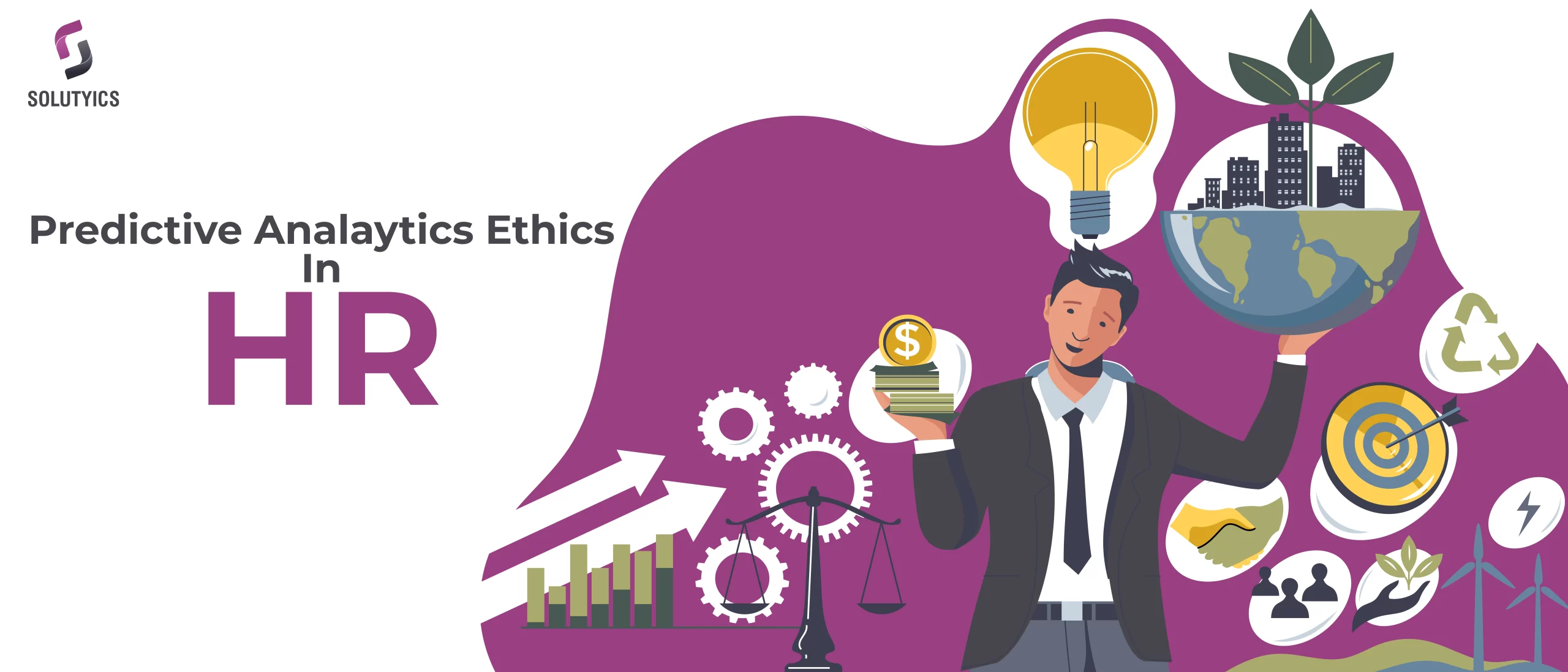
Author
Team Solutyics is a dynamic group of Analytics and AI specialists who bring together a rich mix of expertise. Their combined insights ensure that readers gain a deeper understanding of practical applications of Analytics and AI.

Team Solutyics is a dynamic group of Analytics and AI specialists who bring together a rich mix of expertise. Their combined insights ensure that readers gain a deeper understanding of practical applications of Analytics and AI.
Comments (23)
I luckily stumbled upon this wonderful website a few days back, they offer helpful content for members. The site owner is doing a terrific job serving the community. I’m thrilled and hope they persist in their excellent service.
This site is fabulous. The radiant material shows the essayist’s enthusiasm. I’m dumbfounded and envision more such astonishing material.
This website page is unbelievable. The radiant substance reveals the moderator’s excitement. I’m awestruck and expect additional such astounding posts.
This gateway is phenomenal. The magnificent information unveils the creator’s excitement. I’m awestruck and anticipate more such astounding substance.
This blog shows why Solutyics is leading digital innovation.
Solutyics consistently delivers high-value knowledge in every post.
This blog truly shows Solutyics’ expertise in smart technology.
This content makes complex topics easy to understand.
Impressed by the depth of knowledge shared here.
This blog highlights exactly why Solutyics is a trusted AI partner.
Mitolyn I am truly thankful to the owner of this web site who has shared this fantastic piece of writing at at this place.
After examine a few of the weblog posts on your web site now, and I really like your way of blogging. I bookmarked it to my bookmark website list and will probably be checking back soon. Pls check out my website as well and let me know what you think.
I just wanted to drop by and say how much I appreciate your blog. Your writing style is both engaging and informative, making it a pleasure to read. Looking forward to your future posts!
reparación de maquinaria agrícola
Very Informative
Great Blog
Your means of explaining the whole thing in this piece of writing is truly fastidious, every one be capable of
without difficulty know it, Thanks a lot.
Your blog continuously inspires readers by providing in-depth knowledge. I’d love to see you investigate how these ideas intersect with innovative trends, such as artificial intelligence or sustainable practices. Your skill in demystifying intricate subjects is remarkable. Thanks for always sharing such insightful content—I’m excited for your upcoming posts!
At this time it sounds like Expression Engine is the best blogging platform
out there right now. (from what I’ve read) Is that what you are using on your blog?
Your blog consistently resonates with readers by offering both depth and accessibility, making it a treasure trove of guidance that tackles the intersection of technological advancements and their potential to disrupt various sectors, such as artificial intelligence or sustainable energy, while finding relevance that are truly valuable.
zgmmbg
Hiya very cool blog!! Guy .. Excellent .. Superb .. I will bookmark your website and take the feeds additionally…I am happy to seek out so many useful info right here in the post, we’d like work out extra strategies on this regard, thank you for sharing.
Система видеонаблюдения Trassir: Безопасность, Контроль и Эффективность**
New Member Introduction – Happy to Join the Community